Vasa Museum — The collection of the Vasa Museum represents only the sailing ship of 17th-century of the world that has survived to this day and nine exhibitions related to it. The Vasa ship is one of the most popular attractions in Stockholm and has a unique artistic value. The ship is decorated with hundreds of ancient carvings.
 |
| Viking ship museum Stockholm |
Vasa Museum
Vasa is the only 17th-century ship in the world that has survived to this day. It is located on the museum island - Djurgarden, in the centre of Stockholm. The name Djurgården is rarely used for orienteering in Stockholm; it is often called Skansen Park. The ship got its name in honour of the Vaza dynasty of Swedish kings reigning at that time.
Stockholm Ship Museum — The ship Vassa was built under the direction of the famous Dutch shipbuilder Henrik Hibertson. More than 400 people were employed over the construction of the ship. About 16 hectares of oak forest, that is, more than a thousand trees, were cut down. Bronze cannons were cast, and the ship's hull was richly decorated with gilded and painted carvings. The best workers created "Vasa" - carpenters, sawyers, blacksmiths, joiners, painters. The new ship aroused admiration and pride among the inhabitants of Stockholm. The pride of the Swedish Navy.
Vasa Museum Ship — The Vasa ship was created magnificent and pretentious, but due to design errors, it capsized and sank in its first exit from Stockholm harbour on August 10, 1628. Onboard there were about 100 crew members, as well as their families - women and children. Most of the people survived, as it sank a hundred meters from the Gulf of Stockholm. Nevertheless, there were some casualties. Together with the ship, 30 people sank.
King Gustav II Adolf of Sweden began an investigation into the cause of the disaster. In the end, the result was that there were mistakes in the technical design of the ship. Interrogations of those involved in the construction did not yield any results. The difficulty was that the actual builder of the ship, Henrik Hubertsson, had died a year before the disaster.
Vasa museum Stockholm
The ship was brought to the surface on April 24, 1961. Together with Vasa, 14,000 lost wooden objects, including 700 sculptures, were raised to the surface. Their conservation was carried out individually, and then they took their original places on the ship.
Vasa Ship Museum
Stockholm ship museum — The warships of the seventeenth century were not only war machines. They were also floating palaces. The rescued sculptures had traces of paint and gilding. Among the mud and sediments on the bottom of the Vasa Sweden, rescuers found six sails that were not set at the time of the crash. These are the oldest surviving sails in the world and were somewhat fragile before conservation.
The Vasa Museum
Stockholm Vasa Museum — After the restoration work was completed, the museum was opened on June 15, 1990. Vasa has been visited by over 25,000,000 people. There were 1,495,760 visitors to the museum in 2017. The main hall is home to the ship, as well as various exhibits that relate to archaeological finds of ships and early 17th-century Sweden. Vasa has been fitted to all three masts' lower sections, a new bowsprit, winter rigging, and certain parts that were badly damaged or missing replaced. Three floors are built around the restored Vasa ship, allowing you to walk around and inspect it from different angles. In the museum, in addition to the ship.
Vasa Museum Photos
Vasa Museum Sweden Map (Google Map)
Stockholm Vasa Museum — Video



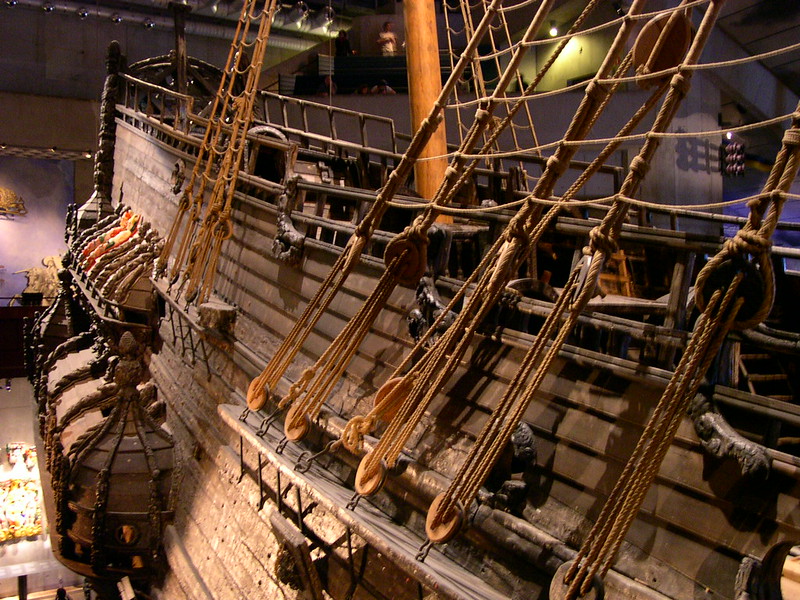
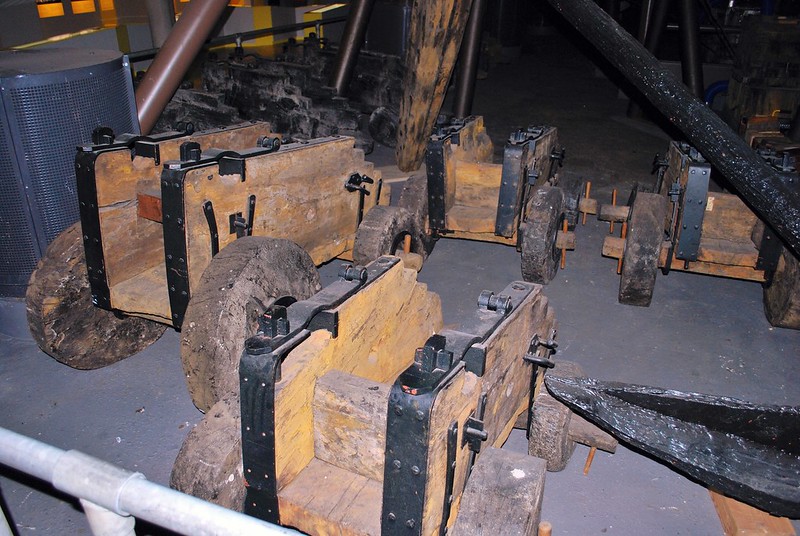
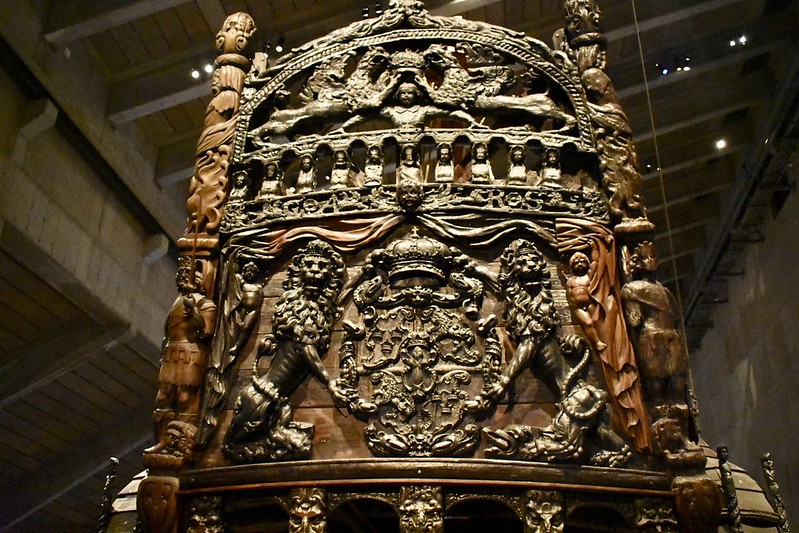

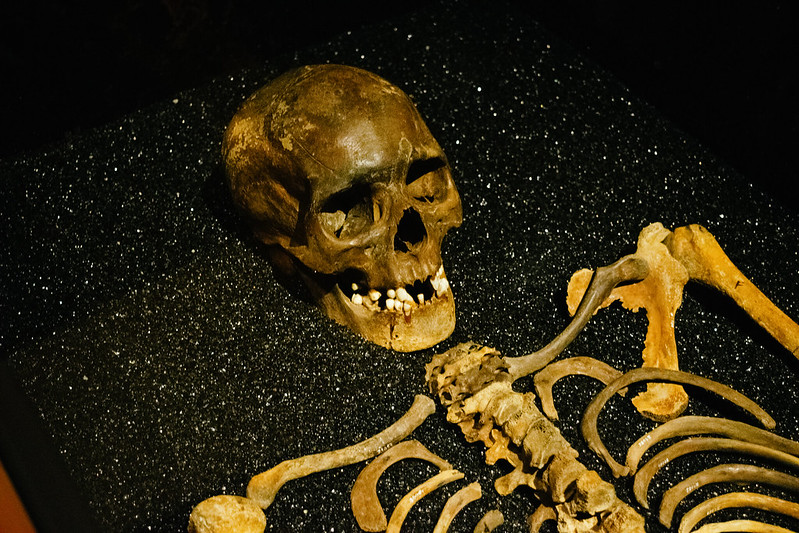
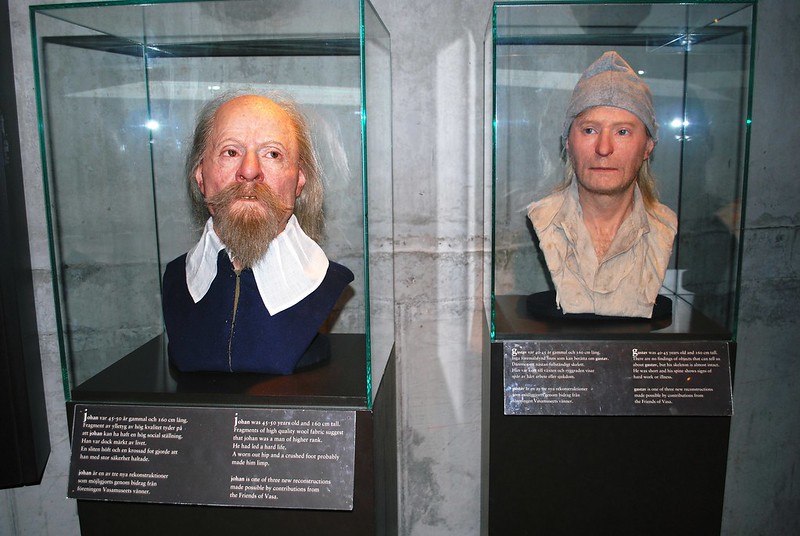
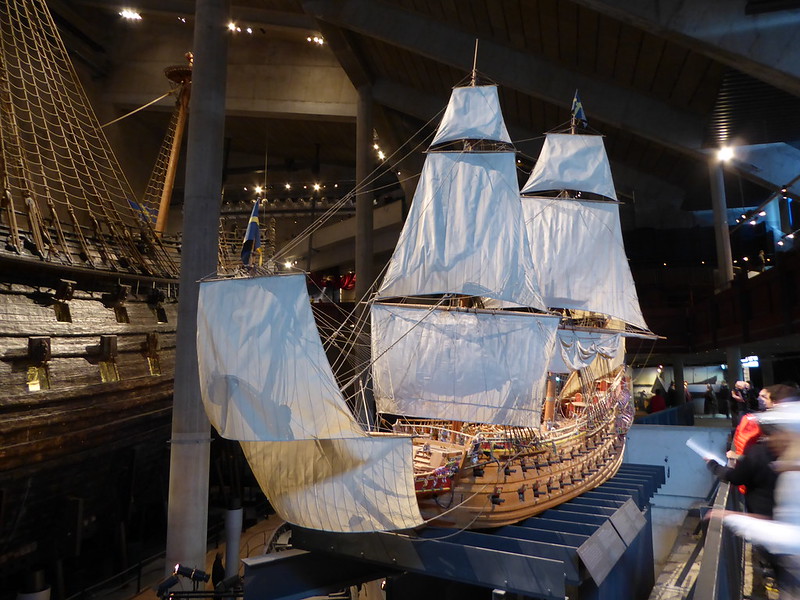
No comments:
Post a Comment